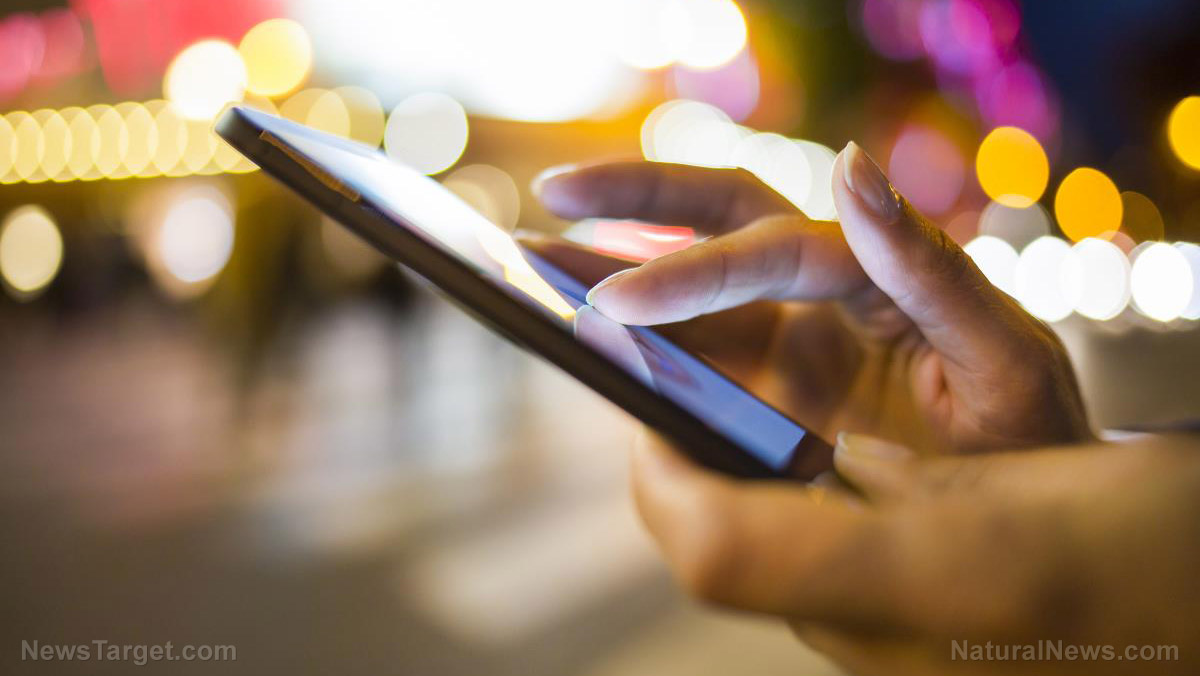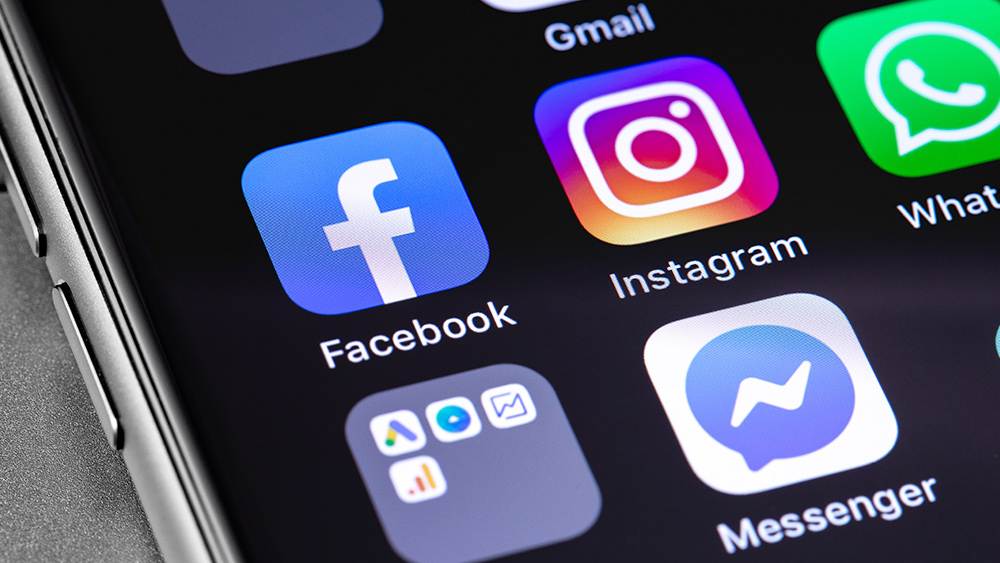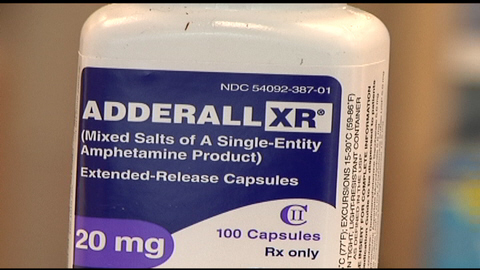
A team of researchers from Korea University in Seoul, South Korea carried out a study on 19 teenagers with an average age of 15.5. All of the teenagers were diagnosed with internet or smartphone addiction. They then measured the level of the participants' level of internet addiction with the use of standardized internet and smartphone addiction tests, with questions that emphasized the degree to which internet and smartphone use affects daily routines, social life, productivity, sleeping patterns, and feelings. The researchers compared the 19 addicted participants with 19 other teenagers who were not addicted. Then, they used magnetic resonance spectroscopy (MRS), a type of MRI that measures the brain's chemical composition, to analyze the brains of the participants.
As part of the study, they gave 12 of the internet- and smartphone-addicted teens cognitive behavioral therapy for nine weeks. The therapy was adapted from a cognitive therapy program for gaming addiction. They also measured the levels of gamma-Aminobutyric acid (GABA), which is a neurotransmitter that hampers brain signals, and glutamate-glutamine (Glx), which is a neurotransmitter that causes neurons to be more electrically excited. Past studies suggested that GABA plays a part in vision and motor control and the regulation of various brain functions, such as anxiety.

The findings of the study showed that the there was an increase in the brain activity in the anterior cingulate cortex. Researchers found higher levels of GABA than Glx in internet- and smartphone-addicted young people as opposed to teens who were non-addicted. They also noted that an excess in GABA could lead to side effects, such as drowsiness and anxiety. However, these effects are reversed when addicted participants received cognitive behavioral therapy. Still, further studies on the effects of the study's findings are still needed.
“The increased GABA levels and disrupted balance between GABA and glutamate in the anterior cingulate cortex may contribute to our understanding the pathophysiology of and treatment for addictions,” Hyung Suk Seo, lead researcher and a professor of neuroradiology at Korea University, explained.
He believes that a higher GABA in the brains of smartphone- and internet-addicted youth may be linked to the functional loss of integration and regulation of processing cognitive and emotional neural network.
The findings of the study were presented at the yearly meeting of the Radiological Society of North America.
Phone separation anxiety exists
Nomophobia, short for “no-mobile phone phobia,” is defined as the fear of not being able to use your smartphone or other smart devices -- a condition that affects both teenagers and adults -- according to a report by The Guardian. A team of researchers from Hong Kong has cautioned that nomophobia affects everyone. In their study, the found out that those who use their phones to store, share, and access personal memories suffer the most. They also asked the participants to describe how they felt about their phones. Results showed that they found that the words “hurt,” as neck pain was frequently mentioned, and “alone” indicated higher levels of nomophobia.
“The findings of our study suggest that users perceive smartphones as their extended selves and get attached to the devices,” explained researcher Kim Ki Joon. “People experience feelings of anxiety and unpleasantness when separated from their phones.” (Related: Teenagers waste 40 days a year looking at mobile devices, startling research discovers.)
Find out more studies on how phones affect the brain at Mind.news.
Sources include:
Please contact us for more information.






















